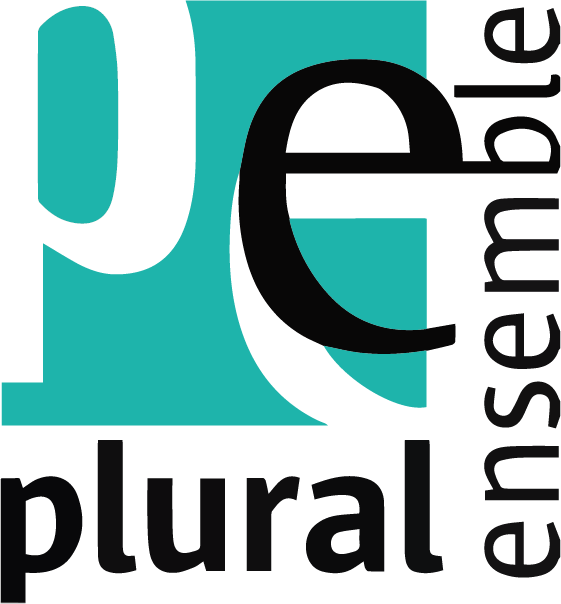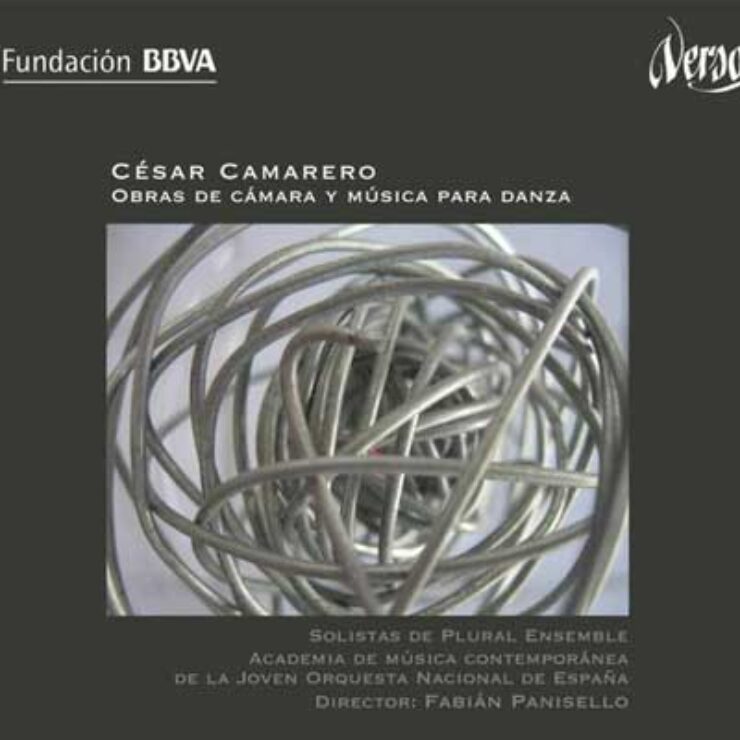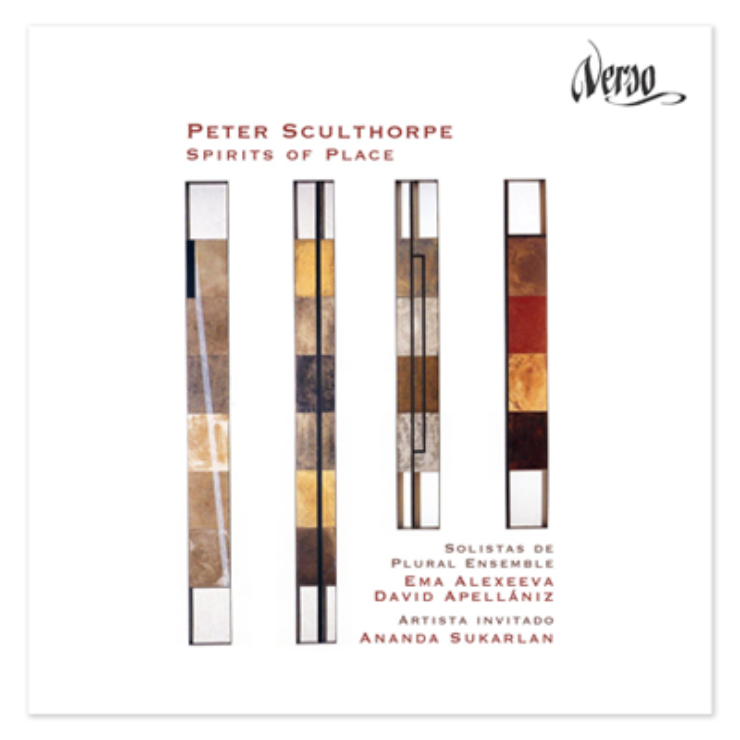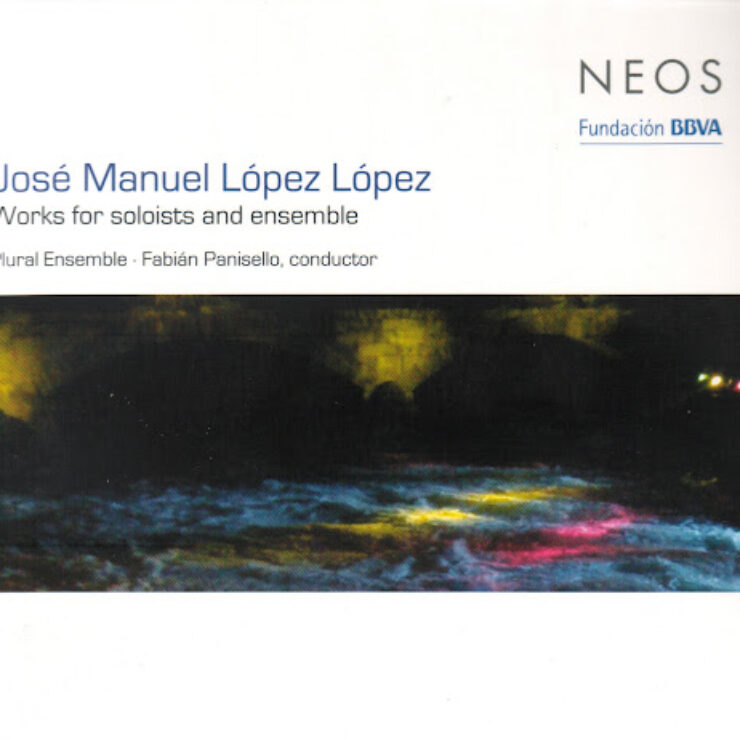György Ligeti. Chamber Music
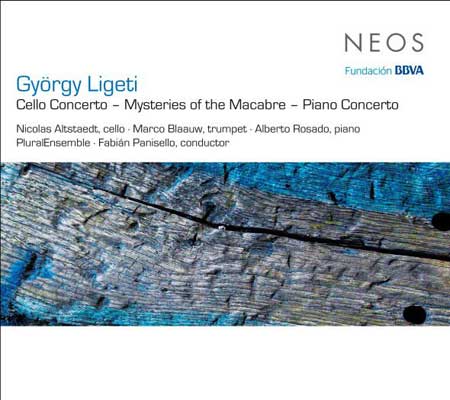
“All of Ligeti’s music is based on a kind of illusionism. The most notorious example is that of “micropolyphony”: a counterpoint of small elements so dense that the listener perceives it as a slightly trembling timbral stain.
To the celebration of compositional rationality proclaimed by serialism, Ligeti responds by using the same logical tools in order to produce a result that disorients perception and traps it in a strange loop whose ultimate conclusion is insoluble contradiction. By formulating in the Cello Concerto the double paradox of a “dynamic immobility” and a “static mobility”, Ligeti seeks to take the listener on a journey similar to that traced by Escher’s famous staircase, where it is impossible to determine whether one is going up or down. […]
Considering its breadth, Ligeti’s trajectory does not escape that paradoxical conjugation of movement and immobility so characteristic of his pieces. Its constant evolution is often the result of the reappropriation, from new perspectives, of recurrent elements and issues, present in a visible or latent way. Lo que oímos, lo que percibimos, no es sino el reflejo de un juego de prestidigitación cuyo funcionamiento solo adivinamos en parte. Hence, the tragic and the ironic are constantly intertwined to form a Moebius strip. In doing so, Ligeti’s music says a lot about our world and our present.”
Stefano Russomano
TITLE
Concierto para Violoncello – Misterios de lo Macabro – Concierto para Piano
composer
György Ligeti.
interpreters
Soloists
Nicolas Altstaedt, violoncello Marco Blaauw, trompeta Alberto Rosado, piano
PluralEnsemble
Director
Fabián Panisello
content
I. Concerto for Violoncello and Orchestra 1966
I. Viertel= 40 II. Lo stesso tempo
II. Mysteries of the Macabre 1991 para trompeta en Do y orquesta de cámara
III. Concerto for Piano and Orchestra 1966
I. Vivace molto ritmico e preciso II. Lento e deserto III. Vivace cantabile IV. Allegro risoluto, molto ritmico V. Presto luminoso, fluido, constante, sempre molto ritmico

